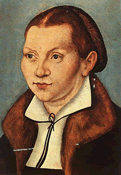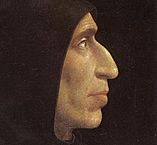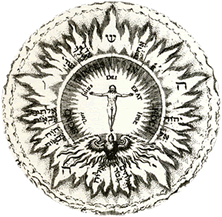|
|
|
|
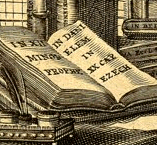 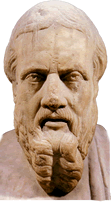 |
|
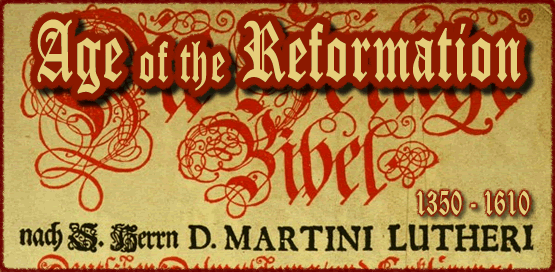
 Married with Children
When Ex-Priest Martin Luther Early in the German Reformation, on April 4, 1523 (the day before Easter that year), twelve well-born Cistercian nuns escaped from their cloister at Nimbschen. With the help of Leonard Kopp, solid citizen of Torgau and supplier of foodstuffs to the monastery, they made their way to Wittenberg by 7 April. Legend has it that Kopp concealed the renegades in barrels used for storing herring, which would have been a rather smelly experience. If so, it would have been a scene reminiscent of the escape of Bilbo Baggins and the dwarves from the Elk King’s stronghold in The Hobbit. The Original Bonfire of the Vanities
Savonarola. No Ayatollah. “Jesus, Refuge of the Weary” is a well known hymn. It appears in the hymnals of various denominations and is popular among Lutherans, which is how I know it. It is usually sung to the tune O Du Liebe Meiner Liebe. The hymn’s popularity among Lutherans stems from its message, which is a reflection on the crucifixion of Christ and how it brings salvation to humanity by grace alone (sola gratia) and faith alone (sola fide). A reader paging through a hymnal will also note that the author of the lyrics was Girolamo Savonarola (1452-1498), a Dominican friar. We are drawn, then, to the question: Is there a connection between a late medieval Catholic priest and the contents of Protestant hymnals? Is so, what might that connection be? Of Historians and Their Words:
Eras, Concepts, Dates, Ages.... Everyone has heard or read the terms Renaissance and Reformation being used in lectures and books. Both terms are familiar but what do they really mean or stand for? This essay explores issues raised by that question and takes us on a survey of several centuries of European history. It addresses vexing aspects of intellectual history and the ways and means of historians in search of meaning and validation.  |
|
|
|
Historian, author, teacher, and higher education administrator, Dr. Ronald H. Fritze is Dean of the College of Arts and Sciences at Athens State University in Athens, Alabama. Ron has written for CornDancer since 2004. |
|
|
|
|
